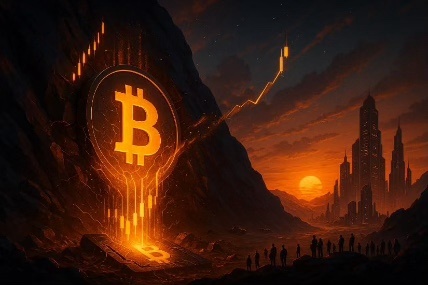
Understanding the Monad (MON) Rollercoaster
In the ever-evolving world of cryptocurrencies, narrative shifts can dramatically influence the trajectory of a project. Monad (MON), a newly launched Layer-1 blockchain token, recently witnessed such a story. From extreme hype to sharp dismissal, let’s break down what happened with MON and how it reflects broader blockchain trends.
What Happened to Monad (MON)?
The Monad blockchain debuted its mainnet on November 25, sparking significant interest from within the crypto community. Starting at a price of $0.02, MON quickly climbed by 47%, only to see a 15% drop just days later. This sharp fluctuation was partly catalyzed by BitMEX co-founder Arthur Hayes, whose change of heart about the token sent ripples through the market.
Initially, Hayes hyped MON with optimistic projections, even quipping about the need for “another low float, high FDV useless Layer-1 token.” However, within just 48 hours, he reversed his stance. Publicly announcing his exit, he urged traders to avoid MON, branding it as irrelevant. Yet, despite this dismissal, the data tells a different story.
Whales Take Center Stage
While Hayes stirred skepticism, blockchain activity showed quite the opposite trend. Major initiatives by crypto whales, identified by Lookonchain, indicated that large holders were accumulating MON. One whale address alone withdrew over 73.36 million MON tokens, worth $3 million, from Gate.io within 24 hours. Collectively, whale holdings surged to over 300 million MON tokens, accounting for a significant chunk of the token’s market supply. This accumulation stands in stark contrast to Hayes’ public narrative, pointing to a divergence between influencer sentiment and on-chain activity.
Challenges Facing MON
Despite its strong network usage, MON faced complications like price drops and unexpected fake token transfer attacks targeting its users. Exploiting the ERC-20 standard, malicious players created fake wallet activities and misleading transactions to deceive new investors and damage market trust. These incidents coincided with the early rollout days of Monad’s mainnet, amplifying vulnerability.
Monad’s CTO James Hunsaker directly addressed these issues, cautioning users and emphasizing the need to remain vigilant against deceptive transactions. Additionally, derivatives trading pressure and limited buyer activity compounded the token’s price drop to $0.03.
Monad’s Resilient Ecosystem
Despite the odds, Monad’s underlying blockchain performance paints a promising picture. The network has achieved 4.7 million transactions and captured nearly 150,000 active users within a limited timeframe. Collaborations with projects like Solana and deBridge enabled stablecoin inflows totaling $711 million, reinforcing its broader use case as a scalable Layer-1 blockchain.
Crypto Lessons from the Monad Story
The rise and turbulence of Monad (MON) highlight the influence of public narratives and the deeper insights that can be gained by tracking on-chain data. While influencers like Arthur Hayes play pivotal roles in shaping sentiment, actual market movements—especially from whales—often dictate long-term trends. Whether MON can recover or cement its place as a blockchain of note remains dependent on resolving its vulnerabilities and growing its utility.
Boost Your Blockchain Insights
Interested in staying ahead of blockchain trends? Tools like Lookonchain provide actionable data on whale movements to empower your investment strategies.



